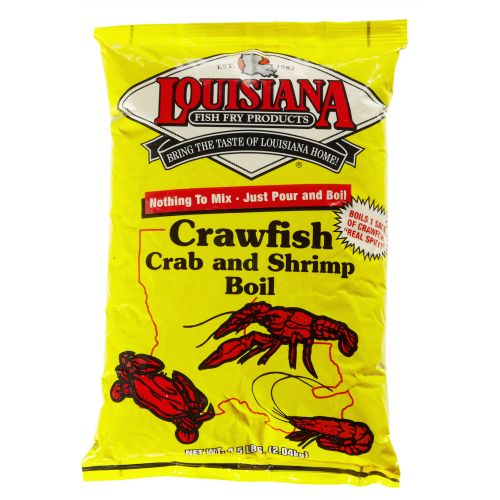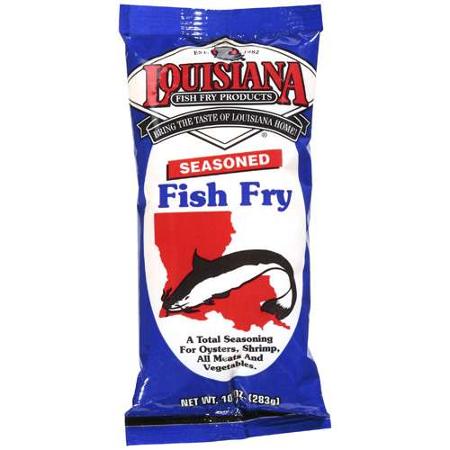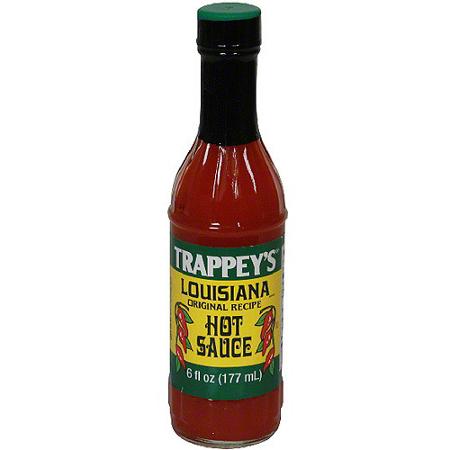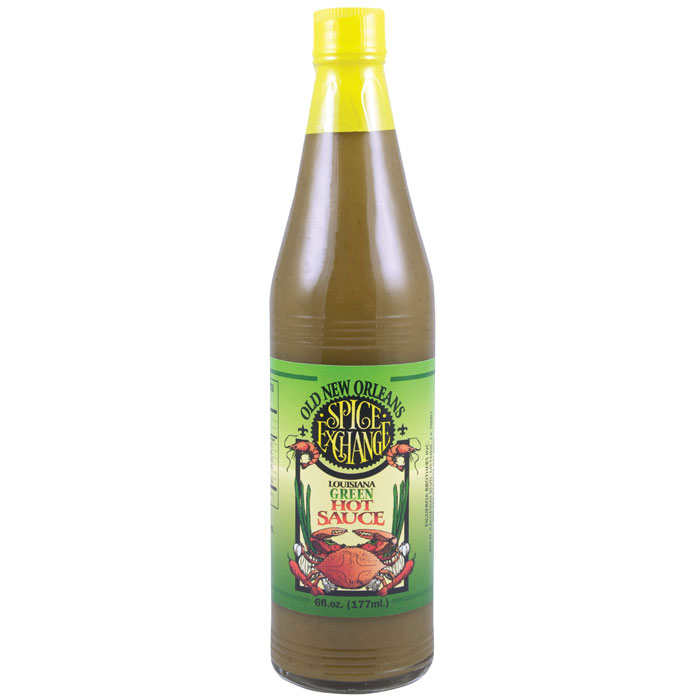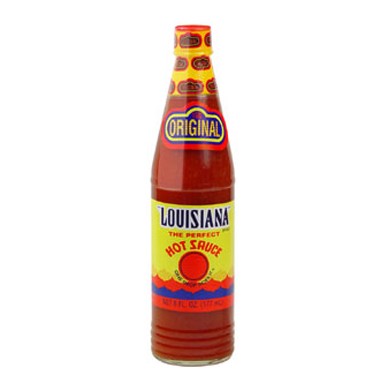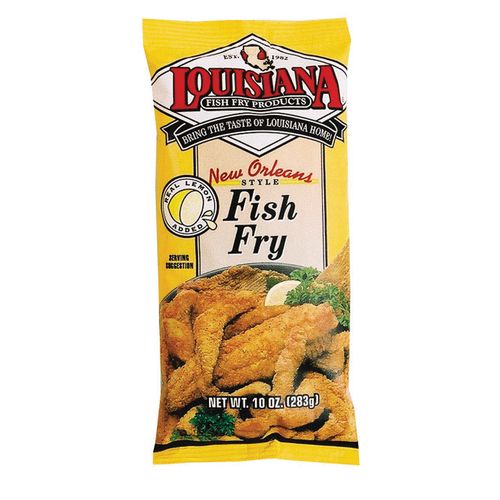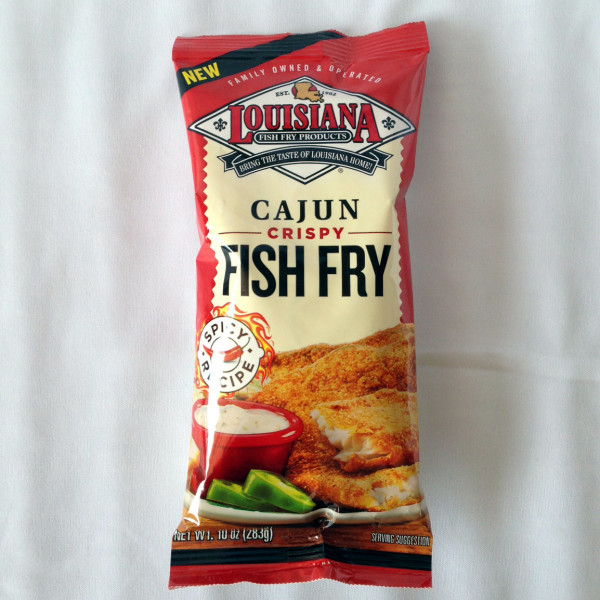Which Arkansas counties are the most litigious?
/I've posted before about the upcoming launch of Docket Dog, a case watching service for Arkansas state court cases. To me, one of the interesting things coming out of Docket Dog is the ability to look at different metrics for case filings in Arkansas.
I have been learning the Python programming language, which has some good visualization tools available for it. My latest exploration has been using Python to create state maps. I found this awesome tutorial by a guy with an equally-awesome name (Nathan, of course!). I also wanted to view metrics per capita, so I downloaded the latest US Census data.
I wanted to figure out which Arkansas counties were the most sue-happy. So, looked at the total number of cases filed in each county, divided by the population, and plotted the result. Each color band is a multiple of the average for that year.
2015 cases per capita. Click to enlarge.
2014 cases per capita. Click to enlarge.
2013 cases per capita. Click to enlarge.
2012 cases per capita. Click to enlarge.
2011 cases per capita. Click to enlarge.
2010 cases per capita. Click to enlarge.
What do you make of this? Clark County, my old stomping ground, is average from 2010 to 2012, but is well above that the last couple of years.
Why do you think certain counties are more litigious than others?

